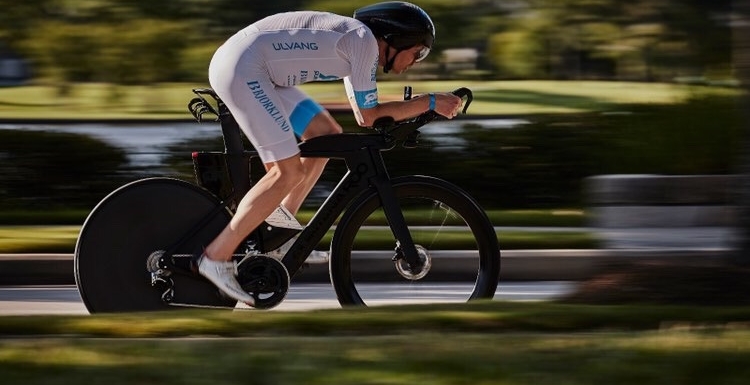Cycling aerodynamics is a an area of potential gain that is often overlooked by amateur riders.
Reducing your drag throughout a race means higher average speed. Alternatively, it enables you to maintain the same average speed at lower energy cost. Ultimately resulting in greater energy reserves for late and race-deciding moments.
The authors Malizia and Blocken just published a thorough review of the history and state-of-the-art in cycling aerodynamics (1).
This paper is a treasure chest for those with an interest in aerodynamics and how it may enhance your performance.
Of particular interest, they discuss frame, wheel and handlebar design.
The article is open access. So rather than reciting their work, I recommend you download the article and read it yourself.
Bicycle aerodynamics: History, state-of-the-art and future perspectives (open access)
TIP: If you are unaccustomed to reading scientific papers, you may want to start out by reading the introduction and the summary first. This will usually make the main content more easily digestible.
Happy hunting for improved aerodynamics.
PS! I you want to play around with how aerodynamics and other parameters impact your performance, you can check out Bike Calculator (free online tool).
Thanks to triathlete Allan Hovda for the featured photo. Allan writes passionately about his hunt for improved aerodynamics at triallan.com (website) and @allanhov (IG).
References:
1. Malizia F and Blocken B. Bicycle aerodynamics: History, state-of-the-art and future perspectives. Journal of Wind Engineering and Industrial Aerodynamics, 2020; 200
